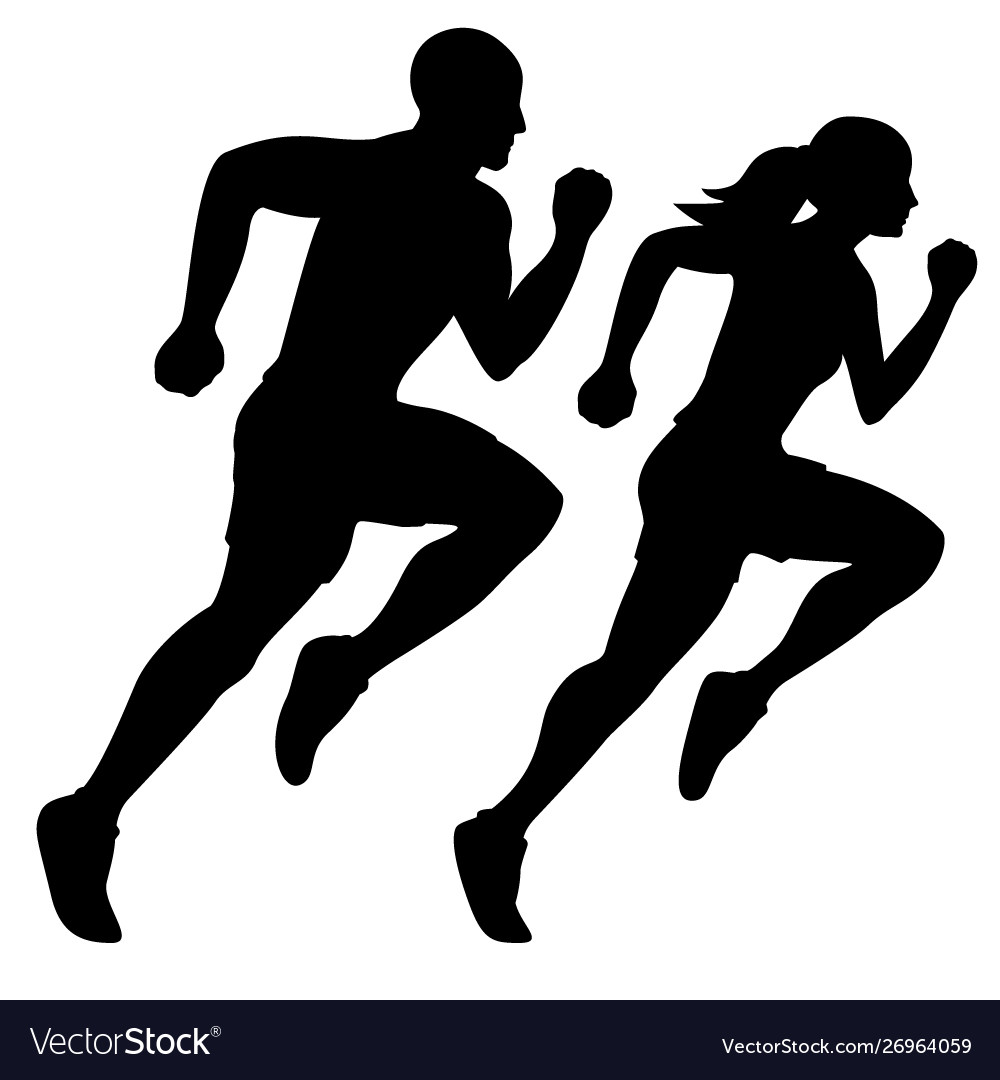The Sports Medicine journal published a recent systematic review on sex-specific differences in running injuries. They looked at the results from 38 studies and found the overall injury rate was very similar, with 20.8/100 female runner injuries and 20.4 /100 male runner injuries. Female runners had a more frequent occurrence of bone stress injury while male runners had higher risk for Achilles tendinopathies. There was also an association between a higher injury risk and competition distances of 10 km and less in female runners.
So what can you do to reduce your risk of a running injury?
The majority of injuries that occur when we run are due to overuse (repetitive microtrauma that overloads musculoskeletal structures) and there are three major factors associated:
1. Biomechanics
2. Training error
3. Environment/equipment (eg. Shoes, ground cover)
A previous running injury is also a big factor in whether you will have another injury. Proper rehabilitation is necessary to prevent reoccurrence of injury. Sometimes, runners can change their biomechanical patterns when injured, probably in an attempt to protect the injured structure during running. This change of biomechanics may lead to overloading of other musculoskeletal structures causing a new injury.

Biomechanics
Common injuries such as achilles tendinopathy, knee pain, shin splints and plantar fasciopathy have all been associated with running biomechanics. Running injury risk may be increased with poor calf muscle length, poor hip muscle stability, narrow step width, tight, stiff ankles and some foot strike patterns.
Training Error
Irrespective of whether one is running for general fitness, competition, and/or vocational requirements, consistency of training is the key. Try not to increase your running load too quickly, as this can lead to an overuse injury if you don’t allow for recovery time. Overtraining is common and occurs when the body is unable to adapt to the load applied during repeated training sessions.
Equipment and Environmental Factors
Barefoot shoes have received a lot of attention in recent years as a more “natural” style of running. Barefoot or minimalist shoes have been proposed to better distribute impact forces by shifting to a forefoot strike. A prospective study published in 2016 aimed to address the question of whether barefoot runners experienced fewer injuries than their shod counterparts. The study found that the barefoot runners did experience statistically fewer overall musculoskeletal injuries than the shod runners, however, the barefoot runners ran on average just 24km/week compared to 41km/week in the shod group. Authors concluded that barefoot running is associated with fewer overall injuries per runner, but similar injury rates occurred in both groups. The injury rate was not statistically different between the barefoot runners and the shod runners due to a significant difference in kilometres run between the two groups.
Evidence backed ways to decrease running injury risk
- Following a training schedule allows you to plan your exercise intensity allowing time for recovery, avoiding excessive load and monitoring changes in volume over time.
- Monitor exertion, pace, heart rate helps to avoid over-training.
- Practising running specific drills improves biomechanics and running economy. Supervised gait retraining and running specific drills reduce injury risk by as much as 60%.
- Targeted strength and proprioceptive training can reduce overuse injuries by up to 50%.
See your physiotherapist to help with all of the above.
References
Harrast, M. A. (2020). Clinical care of the runner: assessment, biomechanical principles, and injury management. Elsevier.
Hollander, K., Rahlf, A.L., Wilke, J. et al. Sex-Specific Differences in Running Injuries: A Systematic Review with Meta-Analysis and Meta-Regression. Sports Med 51, 1011–1039 (2021). https://doi-org.ezproxy.library.uq.edu.au/10.1007/s40279-020-01412-7
Altman and Davis. Prospective comparison of running injuries between shod and barefoot runners. British Journal of Sports Medicine. 2016
Chan Z et al. Gait retraining lowers injury risk in novice distance runners: a randomised controlled trial. The American Journal of Sports Medicine. 2017
Lauersen JB et al. The effectiveness of exercise interventions to prevent sports injuries: a systematic review and meta-analysis of randomised controlled trials. British Journal of Sports Medicine 2014; 48:871-877.
Oestergaard Nielsen et al. Training Errors and Running Related Injuries: A Systematic Review. The International Journal of Sports Physical Therapy; 7(1)
